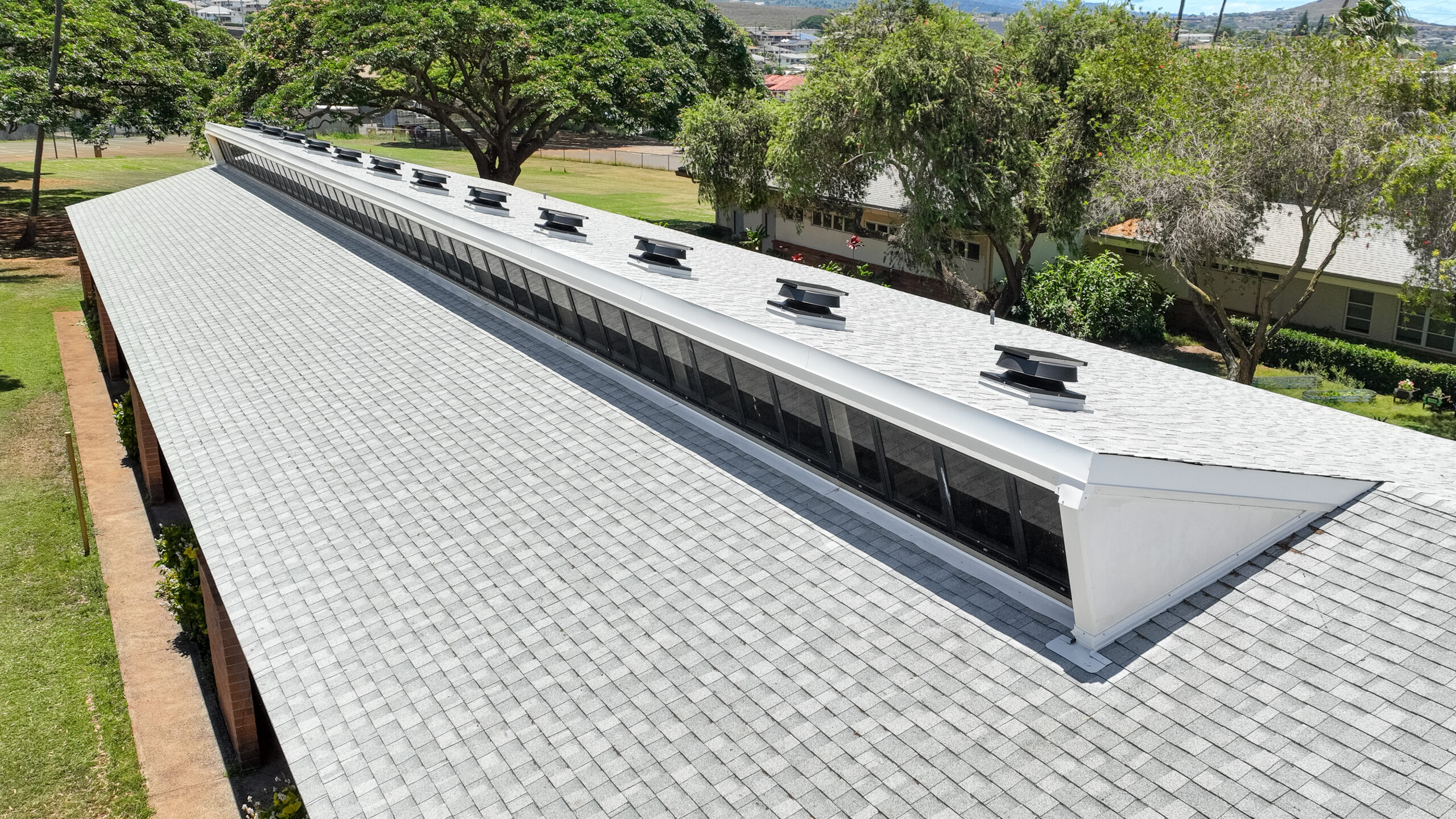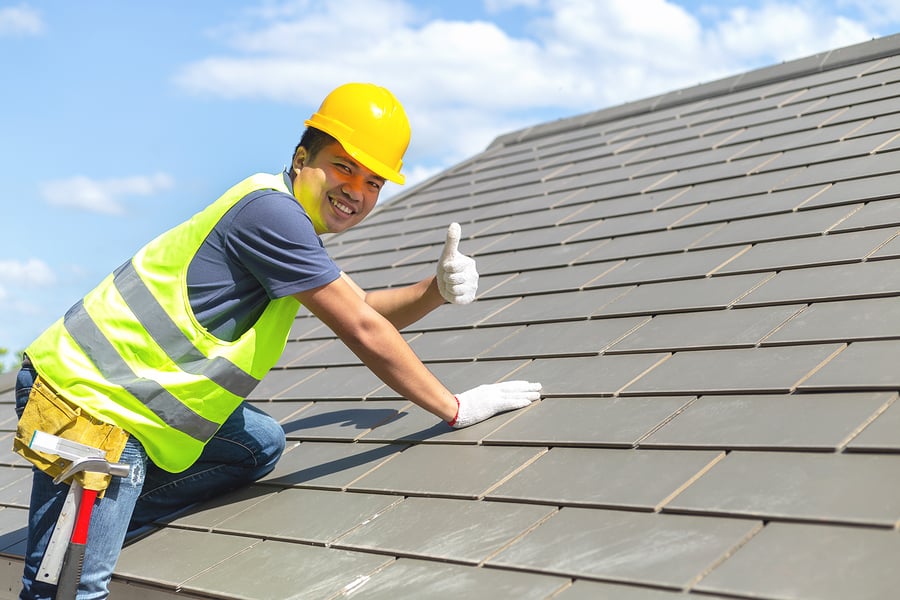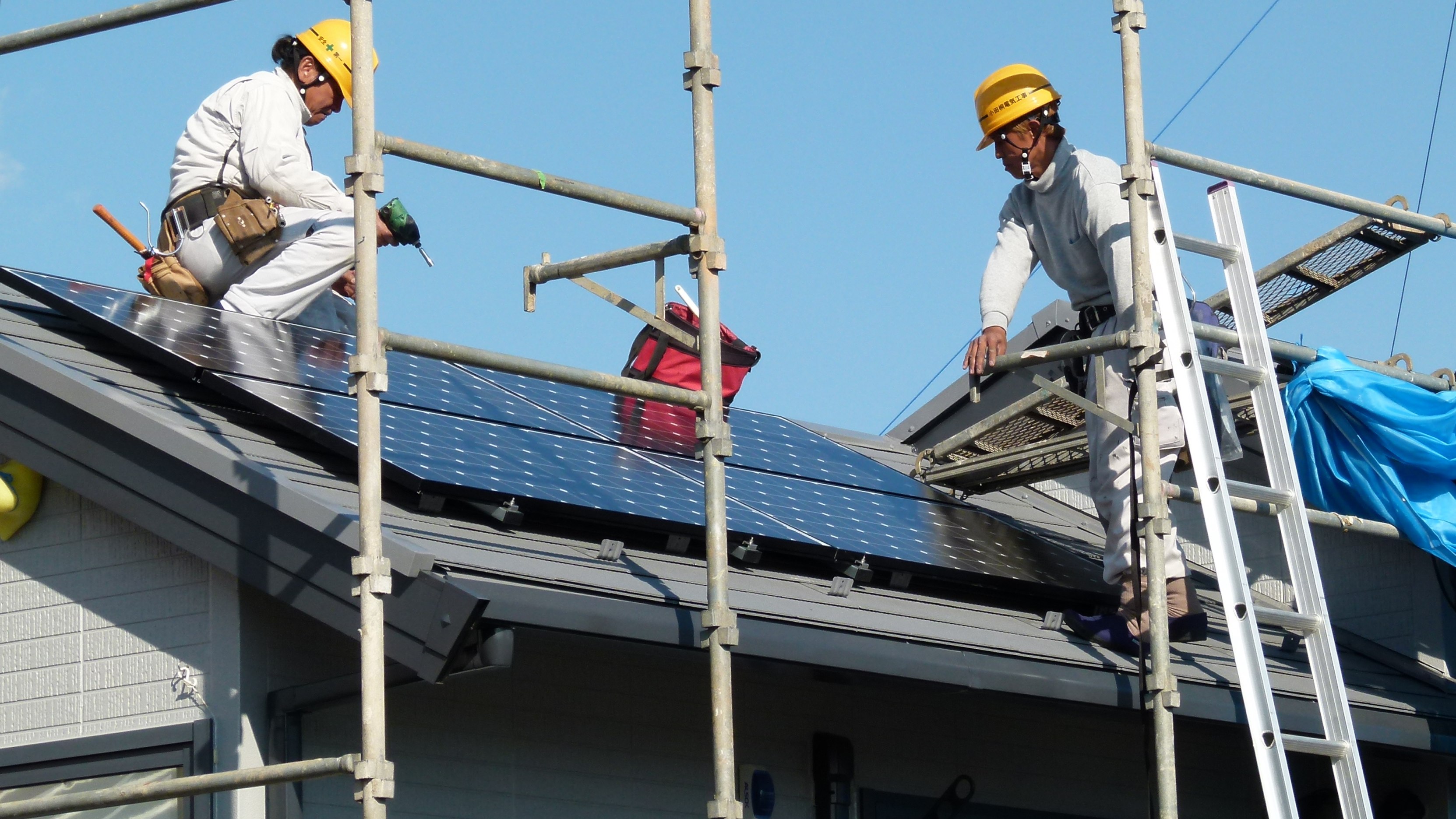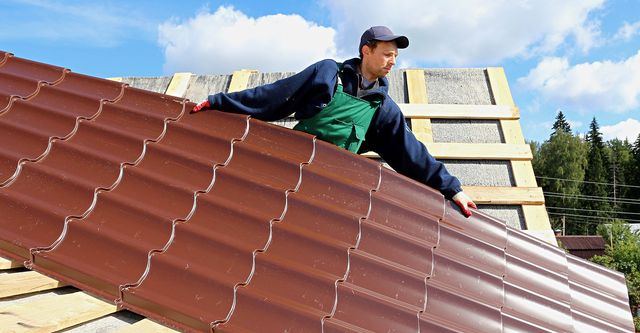Typical Fixings in Roof Covering That Every Property Owner Must Be Conscious Of
As a home owner, it's necessary to recognize typical roof issues that can result in considerable troubles down the line. Roofing system leakages, shingle damage, and blocked rain gutters can all jeopardize your home's honesty. Neglecting these repair work could cost you much more over time. Understanding how to resolve these issues can save you money and time. So, what steps can you require to ensure your roofing system remains in leading condition?
Determining Roofing Leaks
Exactly how do you recognize if your roofing is dripping? Beginning by checking your ceilings and wall surfaces for water spots or discoloration. If you observe dark spots or peeling off paint, that's a warning. Next, check your attic room. Seek damp insulation or water beads on beams, which can show a leak. Throughout rains, order a flashlight and scan for any kind of indications of moisture. Focus on the roofing's slope and valleys, as these areas typically accumulate water.
Don't forget to analyze your roofing system from the outside. Try to find missing or broken shingles, as they can produce entry factors for water. In addition, examine blinking around smokeshafts and vents; harmed flashing can result in leakages. It's critical to act promptly if you think a leakage. Neglecting the concern can lead to more extreme damages and costly repairs down the line. Trust your impulses and check out better if you see any type of warning indicators.
Tile Damages and Replacement
When it involves roof covering, shingle damage can cause larger issues if not addressed without delay. You'll want to acknowledge the different kinds of damages and know the steps for changing your shingles. Allow's discover what you require to do to maintain your roof in top form.
Kinds of Shingle Damages
Although tiles are designed to withstand the components, different kinds of damage can endanger their stability gradually. One usual issue is curling, where the sides or edges of the shingles lift up, often because of age or inappropriate setup. Splitting can likewise happen, generally from extreme temperature level fluctuations or effect. Missing roof shingles are an additional concern; high winds or falling particles can quickly dislodge them. In addition, you could observe granule loss, where the protective granules deteriorate, revealing the underlying product to UV rays and dampness. Algae growth can establish, resulting in unsightly touches and prospective deterioration. Recognizing these kinds of roof shingles damages enables you to deal with concerns quickly and maintain your roofing system's condition.
Replacement Refine Actions
Changing harmed tiles includes a methodical strategy to assure your roofing system remains protective and durable. Begin by recognizing the harmed tiles-- check for splits, curling, or missing out on pieces (oahu roofing). Once you've identified the trouble locations, collect your materials: new tiles, roof nails, and a hammer
Next, carefully remove the damaged shingles, seeing to it not to disrupt the surrounding ones. Afterwards, slide the brand-new roof shingles into location, making sure they align correctly with the existing shingles. Secure them with nails, and seal any exposed locations with roof adhesive to avoid leakages. Finally, examine your work to determine whatever's tight and secure. With these actions, you can restore your roofing system's stability and prolong its lifespan.
Clogged Gutters and Downspouts
When particles builds up, it avoids water from flowing away from your roofing system and foundation. This can cause water to swimming pool on your roofing system, increasing the threat of leakages and damages to your tiles.

To stay clear of these troubles, you need to routinely clean your seamless gutters and downspouts, specifically throughout the autumn when leaves are abundant. It's an excellent concept to use a ladder safely or employ a professional if you're uncomfortable doing it yourself. You can also mount rain gutter guards to minimize debris accumulation. Remember, keeping clear gutters is necessary for securing your home's roofing system and general stability. Normal checks will save you money and inconvenience down the line, ensuring your roof covering system functions properly.
Blinking Concerns
When it concerns your roofing system, flashing plays a vital role in avoiding leakages. You need to be conscious of the different kinds of blinking products and the typical problems that can emerge. Recognizing just how to repair these problems can save you money and time down the line.
Types of Flashing Products
Aluminum flashing is light-weight, rust-resistant, and simple to mount, making it prominent for lots of roofs. If you're looking for adaptability, rubberized flashing can adjust to various roof covering shapes, supplying solid seals. Selecting the right flashing product can greatly boost your roof's durability and performance, so be sure to consider your alternatives thoroughly.
Typical Blinking Problems
Also the ideal flashing can experience problems over time, leading to potential leaks and damage. If the blinking isn't fitted well against the roof, water can permeate underneath, causing rot and mold and mildew. Another problem is deterioration, particularly with metal flashing, which can weaken over time due to direct exposure to the components.
Blinking Repair Techniques
Resolving flashing problems without delay can prevent further damages to your roof covering. For more significant damage, take into consideration replacing the flashing completely. Get rid of the old blinking, guaranteeing the area is clean, and then set up the new flashing, protecting it with nails and using sealer.
Air Flow Issues
When your roof covering does not have correct air flow, it can cause a host of problems that compromise its integrity and your home's comfort. Poor air flow catches warmth and dampness in your attic, creating shingles to deteriorate faster and promoting mold growth. This can enhance your power expenses as your cooling and heating system works overtime to preserve a comfortable temperature.

Consistently checking your ventilation system is vital, especially after serious weather condition or adjustments in the periods. Don't be reluctant to call a roofing specialist if you discover your roof covering isn't aerated properly. They'll assist ensure your roof covering remains in leading condition, securing your financial investment and boosting your home.
Roofing System Punctures and Holes
Poor air flow isn't the only danger to your roof's stability; roofing system punctures and holes can lead to severe troubles. These openings can enable water to leak into your home, causing mold, architectural damages, and costly repairs. You might not also observe a leak up until it's also late, particularly if it's little or concealed under roofing materials.
Check your roof covering after hefty storms or severe weather problems, as debris can conveniently produce leaks. Remember, attending to roofing system leaks and openings promptly secures your home and saves you money in the lengthy run. Keep your roofing system in leading condition by remaining watchful concerning its maintenance.
Moss and Algae Growth
Moss and algae growth can quietly hold on your roofing, causing considerable problems with time. These microorganisms flourish in moist, shaded locations, usually causing a build-up of wetness that can weaken roof products. If you observe environment-friendly streaks or spots, it's a sign that you require to act quickly.

You can get rid of moss and algae making use of a mixture of water and bleach or by employing a professional. Setting up zinc or copper strips along the ridge of your roof can additionally deter future growth. Remaining aggressive will certainly aid preserve your roof covering's integrity and avoid costly fixings down the line.
Often Asked Concerns
Just how Often Should I Examine My Roofing System for Problems?
You must inspect your roofing at the very least two times a year, ideally in springtime and loss. Inspect it after severe weather events. Normal evaluations assist learn this here now you catch potential issues before they become costly repair work.
Can I Do Roof Covering Fixes Myself?
You can do roofing fixings on your own, yet it's essential you assess your abilities and safety. If you're uncertain, consider hiring a specialist. Constantly prioritize security and know when to look for assistance for much more complex problems.
What Are the Indicators I Required a Roof Covering Replacement?
You'll know it's time for a roofing system replacement if you detect considerable leaks, substantial tile damage, drooping areas, or visible mold and mildew. Don't wait also long; attending to these indicators early can conserve you money in the future.
The length of time Does a Roof Covering Fixing Typically Last?
A roofing repair normally lasts anywhere from 5 to 15 years, depending upon products and conditions. oahu roofing. You ought to monitor its condition routinely to capture any kind of prospective issues before they intensify right into bigger troubles
What Is the very best Season for Roof Covering Fixes?
The best period for roofing system fixings is usually spring or loss. Throughout these times, temperatures are moderate, and weather condition conditions are extra stable, enabling contractors to work successfully and ensuring your roof covering gets the focus it needs.
Verdict
By regularly checking for leaks, tile damages, and stopped up rain gutters, you're safeguarding your home from major concerns. Maintaining an eye on these aspects will help maintain your roofing system's integrity and expand its life expectancy, eventually securing your financial investment for years to come.

Replacing damaged roof shingles includes a methodical strategy to assure your roof remains long lasting and safety.Attending to blinking issues promptly can prevent more Visit Your URL damage to your roof covering.Poor ventilation isn't the only risk to your roofing system's integrity; roofing slits and openings can lead to severe issues.